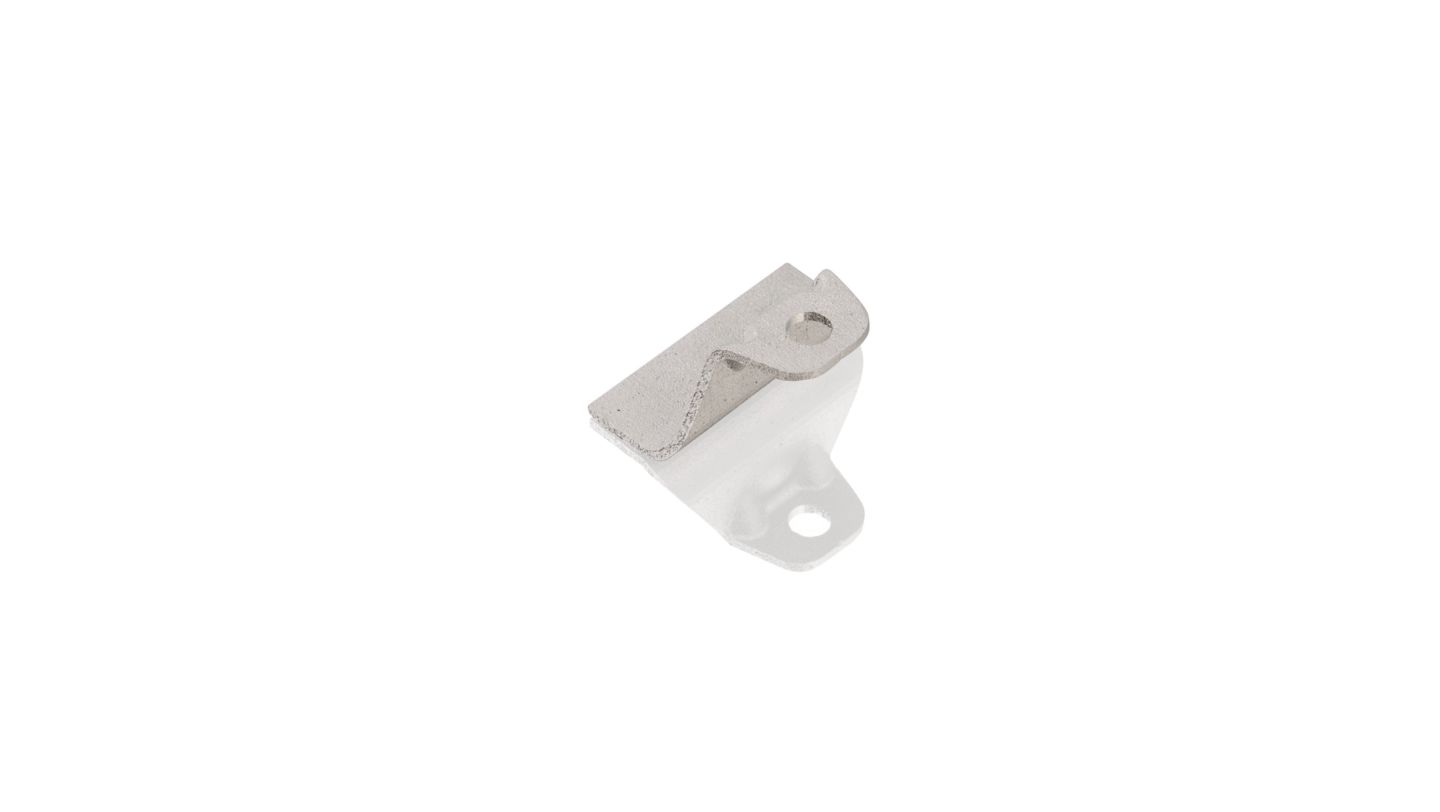Porsche and Bugatti use 3D printing to create rare and complex parts.

3D printing has become “adult” a few years ago. Technology (or rather, a combination of technologies) has long since emerged from the children's state, turning into a large-scale industry, the achievements of which are used everywhere, from private workshops to automotive and aerospace enterprises. A 3D printer is even on the ISS, where it can be used to make the necessary astronauts tools and spare parts.
Automotive companies were among the first to work with 3D printing, both plastic and metal. Previously, such companies, startups as Divergent 3D or Local Motors announced themselves. They were engaged in the creation of either cars, almost all the details of which were printed out, or they created spare parts for existing cars so that they would not have to look for them and spend additional funds. Recently it became known that such companies as Bugatti, Porsche and others are already using 3D printing.
Bugatti
As for Bugatti, the company works with 3D printing technology to create some elements of the Chiron supercar. Of course, here, under the 3D-print refers to the creation of metal parts made, for example, from aluminum alloy. One of the parts, which is made by the traditional method, has a mass of 4.9 kg. The same printed item is much lighter and weighs only 2.9 kg. At the same time, such an element is much more durable.
')
Bugatti collaborates with Laser Zentrum Nord, whose headquarters and industrial facilities are located in Hamburg, Germany. This company performs a large number of orders for, mainly, representatives of the aerospace industry, so the specialists of Laser Zentrum Nord can boast of vast experience in the process of creating elements of aircraft, where aerodynamics dictates its own rules.
Well, since Bugatti cars are positioned mainly as super-fast (and, of course, elite) ground vehicles, the aerodynamics and strength characteristics of the elements are extremely important. The company can offer the creation of parts for automobiles or airplanes of almost any complexity.

True, now Bugatti is testing the possibility of creating an element for Chiron, which is intended not for speeding, but, on the contrary, for braking. Namely - the brake caliper, which the partner of the company has learned to create using 3D printing. The car model Chiron costs $ 2.9 million, so no one wants something to go wrong. According to representatives of Bugatti, they did not believe their eyes when the first titanium caliper was removed from the machine. “If we talk about size, it is the largest functional element created from titanium by 3D printing. Everyone who saw and raised the brake caliper coming out of the Laser Zentrum Nord machine was surprised not only by the size of the part, but also by its small weight compared to the original part, ”representatives of Bugatti say about their impressions.
In addition, the company begins to test and create a 63 cm long janitor through 3D printing. Parts made in this way are stronger than the original and are almost twice as light.
Porsche
The German company has been creating cars for almost 70 years. During this time she managed to master a lot of new technologies. The process of studying and introducing such technologies never stops. And now Porsche is working to introduce 3D printing into production.

We are talking about laser sintering of metal powder, which is a kind of 3D printing. In particular, Porsche is launching the production of spare parts for old car models, parts for which is very difficult to get, if at all possible.
One of the models, the owners of which will have the opportunity to purchase a spare part for replacement - Porsche 959. For this and other cars, they will set up a production line that will produce nine different components, which are almost impossible to get.

In the case of Porsche, cooperation has been established with Markforged Composites. The car manufacturer not only signed a cooperation agreement, but also invested a lot of money into the partner company (the exact amount was not disclosed). Porsche's subsidiary, Volkswagen, will also use 3D printing to manufacture parts for its cars.

For Porsche, setting up production of rare parts for their cars is an important task. The fact is that many models went off the assembly lines in small batches of several hundred copies. It is clear that neither the company itself, nor third-party participants in the auto parts market are interested in selecting a whole production line for the manufacture of parts that will be sold units per year. Well, 3D printing removes the problem, allowing for piece production.


Source: https://habr.com/ru/post/411109/
All Articles